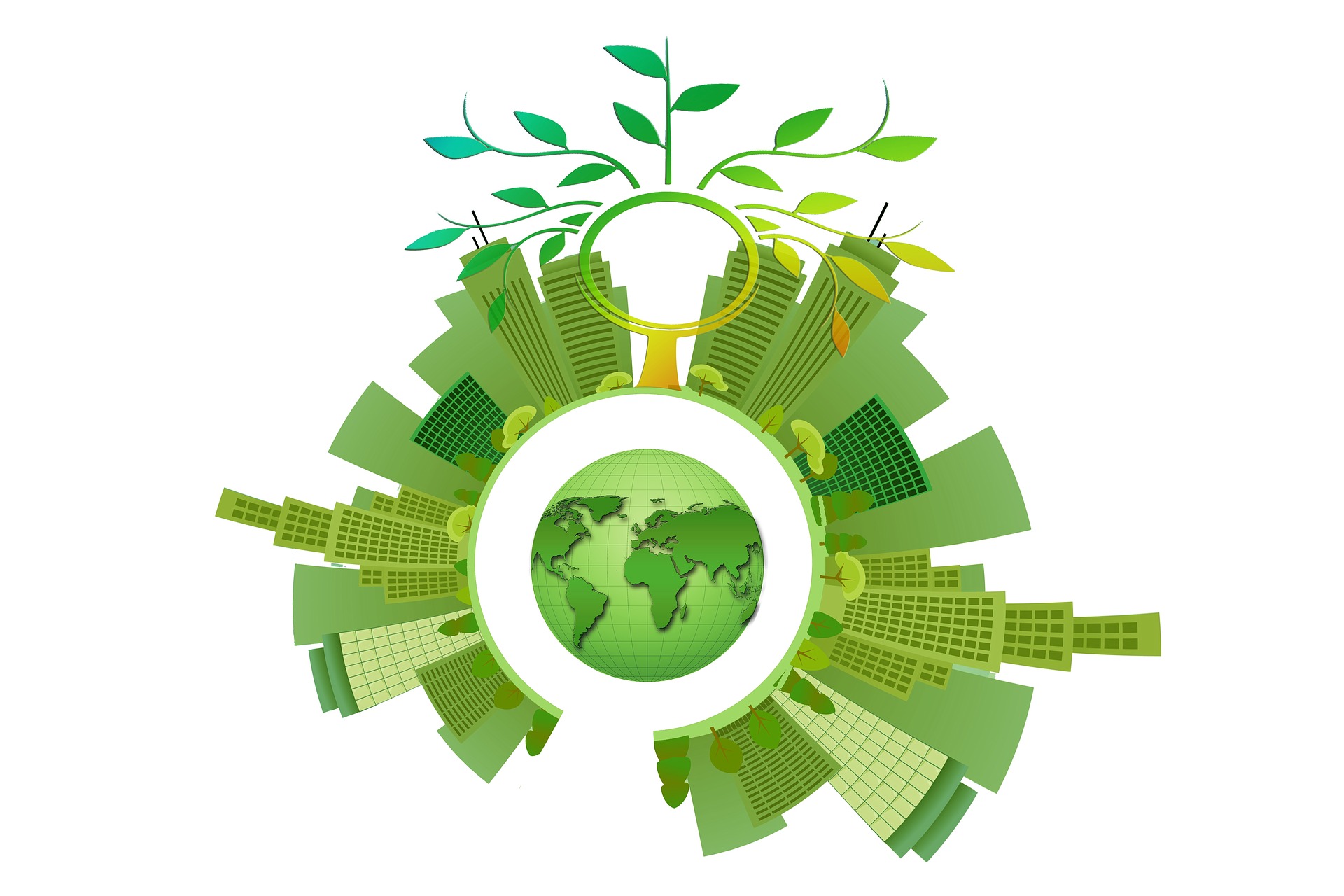In a post-COVID world, the benefits of online learning for government organizations have gone from convenient to absolutely necessary. With a decline in revenue and therefore a slash in budgets, finding areas where money can be saved and time can be used most effectively is at the top of the list of priorities.
There may be some hesitancy, and certainly there are some cases where in-person learning might be seen as the better alternative. Even so, new hire orientation, management and sensitivity training, and even something as small as learning how to use a new desktop application are all examples where prepackaged training would be beneficial. It’s important to know why virtual learning should be implemented now more than ever.
Saving Time and Money
Because of the limited budgets associated with most government organizations, it’s crucial to review the costs of in person training compared to virtual ones.
When planning in-person training, the needs of the humans in your audience cannot be ignored. Bathroom breaks, lunch breaks, and travel time all have to be taken into consideration and planned for. There’s the time required for set-up, and the time required to take everything down. Speakers who arrive late hold up the entire event, attendees who arrive late miss important information, and tech issues might take anywhere from a few minutes to a few hours to resolve.
There are the time-wasting costs of this, and the monetary ones. Locations have to be booked, food has to be prepared, people have to be paid. Even if you already have a location free of charge and require those attending to provide their own food, you’ll still have to pay people (whether W-2 employees or contractors) to set up the area for your event and take it down.
On-the-job training is also expensive and wasteful. Hours of a valuable employee’s time is spent training a new hire when they could be handling other important tasks. This is (at least) twice as much time and cost consuming as it would be if you could simply give the new hire a course to watch, read, and complete.
Learning virtually is significantly cheaper, as it generally comes at one upfront cost. It can be carefully written and produced to be as time-effective as possible, with no opportunities for employees to miss parts of it. Once a course is bought, it can be used and reused time and time again, eliminating the need to pay for multiple events or hours of another employee’s time.
Increased Accessibility
Even as we return to “normal”, remote work is here to stay, especially for those who are at higher risk for COVID-19. Remote employees who perhaps live hours away in another city or even another state can still receive the training they need with an online course. Not only are they receiving the required training, they’re getting the same exact information as their colleagues who work on-site and in person.
Government organizations don’t have the flexibility that private companies enjoy, which makes accessibility an important factor in evaluating virtual training. Getting access to the virtual types of courses you might need is drastically easier than getting the same info from an in-person format. There is no travel time, and no cost required to fly or drive people to the event. It’s more easily worked into a person’s busy schedule, and all employees can review the information at a time and place that works best for them, making them more likely to retain and understand the information.
For on-the-job training, e-learning also makes new-hire training more accessible and more consistent. With a more traditional, person-to-person method, if an employee who would normally be in charge of the training is out sick or on vacation, someone else would have to be found to fill their place. That person may not be as knowledgeable or comfortable with training, therefore decreasing the standard of knowledge in the workforce.
With a course, new hires will get a consistent onboarding experience. This also is applicable to continuing education courses for established employees. Everyone can be given the same course, or access to a webinar (either recorded or live), and regardless of who is there for work that day the same knowledge can be passed to everyone by an expert.
Increased Efficiency
Government organizations have to be especially conscious of processes and covering their bases thoroughly due to the usually legal nature of their businesses.
There is little to no chance an important piece of information is left out of an e-learning course. When you give your employees a course to complete and review, you know everything they need is in there. There is no human error of verbal communication from a tired supervisor who might forget to mention a seemingly small, yet critical piece of information to new hires. This also applies to seasoned employees who are learning a new application or continuing their education for work. E-learning is far more consistent and effective across the board, which means a higher quality of work from employees.
Purchasing a course also provides the benefit of being taught by an expert in the field, someone who knows exactly what they’re talking about and can convey it well. A team of people puts in the work to build a course, so the quality is great and the information is accurate and complete. With it, employees are quicker to be up and running.
It also provides the benefit of employees being more likely to learn the information provided. If they don’t understand something the first time, they can go back and reread or rewatch the section explaining it. If necessary, a colleague can easily provide further clarification.
This same material can be used for a long time, essentially until it is no longer relevant or outdated. When that happens, either a new course can be purchased to replace it, or new materials can simply be incorporated into the old course to provide the required knowledge.
–
Regardless of the number of employees an organization might have, or what needs to be taught, learning via a course is a better alternative to in-person training in many situations.
It saves time and money by consolidating all required knowledge into one course, for one price, and since it can be used as many times as necessary, it becomes a long-term investment for the company purchasing it. Accessibility is increased because courses are available to anyone, anywhere, at any time. The efficiency of course learning is greater, as it does not require someone to sacrifice their time to teach, and is taught by someone who knows exactly what they’re talking about.
It’s time to evaluate the needs of your government organization, and see where e-learning can be used to make the most of the time and resources available to you.
Experience the proven, easy-to-use, and cost-effective benefits of online training by scheduling your free online training consultation today!Schedule Free Consultation



